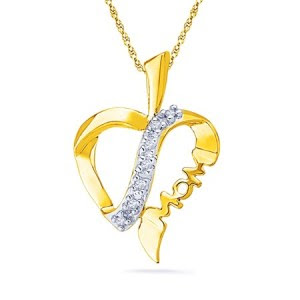How Do You Solve a Problem Like London Blue?
When I first started selling gemstones 10 years ago (blimey) one of the first stones that I focussed on was London Blue. It was reasonably priced, plentiful and the colour was like no other. Before I started my journey into gems, blue topaz to me meant swiss blue; bright, vivid cornflower blue. I’m not really a bright and vivid kind of girl (!), or at least, the colours don’t look good on me, so it wasn’t a stone I was interested in selling. London Blue, however was a different story. Prussian blue, petrol blue, I had so many names for this distinctive and elegant shade of greenish blue. No other stone could touch it, except perhaps blue tourmaline (indicolite) but you needed deep pockets for that. And my customers appeared to agree! They couldn’t get enough so I started cutting it in all shapes and sizes. However, around 2015 something unpleasant started to happen; the price started jumping up, the quality began to waver. What could be happening? Well, there two main drivers of this price increase. First of all, let’s be clear. When we are talking about blue topaz we are talking about treated topaz. Blue topaz is irradiated white topaz. It has to be irradiated, and then it has to be cooled – that is, allowed to sit whilst the radiation disperses. The darker the topaz, the longer it has to sit. So whilst sky blue topaz has a 3-month cooling period, London Blue has something like 18 months. There are not many places that treat London Blue, and so that in itself puts a pinch on demand. Added to that you have the increasing popularity of the stone, the unwillingness of suppliers to treat more rough – since it effectively ties up millions of dollars for a year and a half with no return during that time.
There is also a natural caution amongst suppliers around the popularity of London Blue. Is the increase just a blip, or is it here to stay? Because it’s one heck of an expensive gamble to treat more rough because it is popular now, only to find that in a year and a half it’s gone out of fashion and they have a whole lot of treated rough that they cannot shift. In my view this wont happen; I think the colour is unique and it has enduring appeal, but I’m not the one having to stump up the cash.
However, this is only half the story, and the woes of London Blue go further back, as so many things do, to the recession of 2008. What happened is very simple; topaz is sourced largely from Brazil, and during this time many mines were forced to close. They have never re-opened and now topaz supply is down by around 60% from pre-2008 levels. For a while there was enough rough in circulation to not have too much of an impact, but this corner was turned in around 2015, when demand began to seriously outstrip supply. So there is now a serious problem in that there are two major pinch-points in the supply chain; a lack of good quality untreated rough coming out of the mines resulting in an increase in price at this point. This has then led to suppliers taking a very conservative attitude towards treating the rough, not wanting to tie up increasing amounts of money in a stone that they fear may be something of a bubble. In reality this seems unlikely. Demand for the stone is still high; it is still a unique colour, and it still is available in clean quality. Although the colour has much more variation than it has in the past, with more greyer, less saturated material on the market some people prefer this, feeling that it looks more natural, more gemmy.
So in short, the outlook for London Blue is that prices aren’t coming down anytime soon. This makes it more expensive to buy, but it also means that it’s unlikely to be a wasted investment. And you could do worse than start here, from top, Ananda Khalsa’s London Blue Topaz ring is set in warm 22 carat gold and sterling silver and highlighted with sparkling diamond dots. I love blue topaz in silver, but putting it in gold takes it to a completely new dimension. I’ve always loved the solid, crafted simplicity of William White’s ring settings; in fact I have a number of stones in my collection I’d love him to set for me. The ring below is a 10mm cabochon in a satin-finished sterling silver band. I do like the angular lines of Eva Dorneys London Blue topaz rings in 9kt gold and sterling silver and I also love the cool stacking system of Barbara S Jewellery. That’s 2 rings, not one; an aquamarine and a London Blue.
Ananda Khalsa London Blue Topaz Ring with Diamond Dots, $1,190
Barbara S Jewellery Aqumarine and Topaz Contemporary Stacking Ring, $485
William White Blue Topaz Cabochon Ring, $594
I do have new stocks of 6mm London Blue topaz cabochons; they are more
expensive than I would like them to be but trust me when I say I have
shaved the price as low as possible! If you want to create your own jewelry style, check out our collection of gold bangles for girls that are perfect for all.







Comments